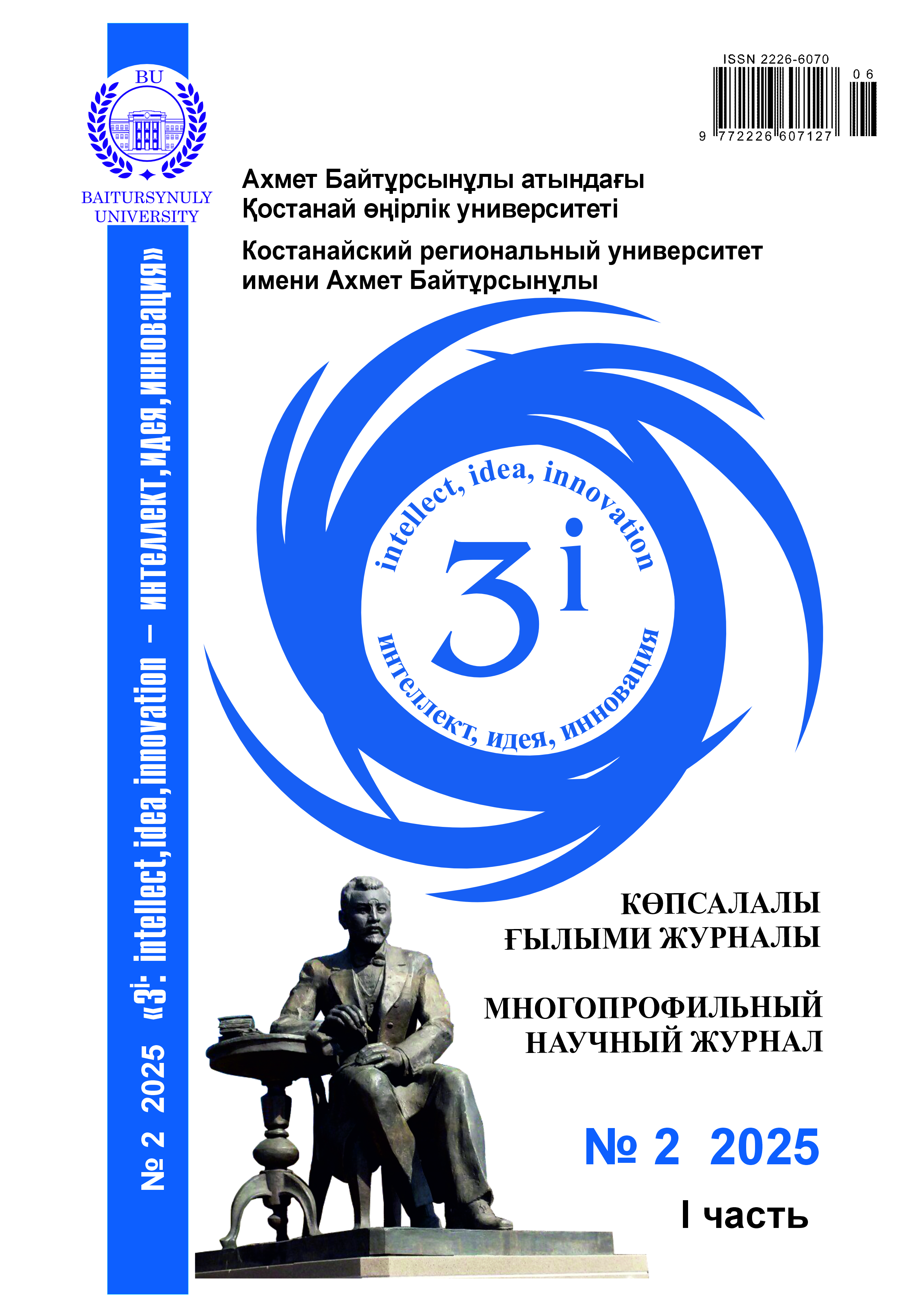MONITORING OF SHELTERBELTS ON AGRICULTURAL LANDS OF YESSIL-AGRO LLP AND IDENTIFICATION OF AREAS OF DRAINAGE MELTWATER ACCUMULATION
DOI:
https://doi.org/10.52269/RWEP2521154Keywords:
shelterbelts, recognaissance survey, soil agricultural chemistry, natural water qualityAbstract
This article presents a forest mensuration assessment of protective shelterbelts on the agricultural lands of Yessil-Agro LLP, located in the Burabay District of the Akmola Region. The shelterbelts are arranged as longitudinal strips comprising 3, 4, and 6 rows, covering a total area of 792.8 hectares. The tree and shrub species composition includes 12 different species. The findings indicate that the shelterbelts require root restoration. Geodetic surveys were carried out to assess the lowest terrain level and to identify optimal locations for the accumulation of drainage meltwater. A digital model of a potential drainage pond was developed, which could serve as a source of field irrigation. The slope of the study area extended approximately 3,778 meters, the surface area was about 1.5–2.0 hectares. Agrochemical analysis of the soil was conducted to determine the levels of nitrate nitrogen, mobile phosphorus, exchangeable potassium, humus content, pH, and salinity. The results indicated very low (<2%) to low (<4%) humus levels. The pH ranged from slightly alkaline (8.9) to moderately alkaline (9.4), and the soils were found to be non-saline. A chemical analysis of the drainage meltwater was also performed, assessing oxygen levels, organoleptic parameters, mineralization, nutrient content, heavy metals, and arsenic concentrations. Elevated levels of ions such as Ptotal, Ca²⁺, Al³⁺, Zn²⁺, and ∑ Fe²⁺, Fe³⁺ were detected. Indicators of chemical and biological oxygen demand (CODdichromate and BOD5) revealed significant organic pollution in the drainage water.




